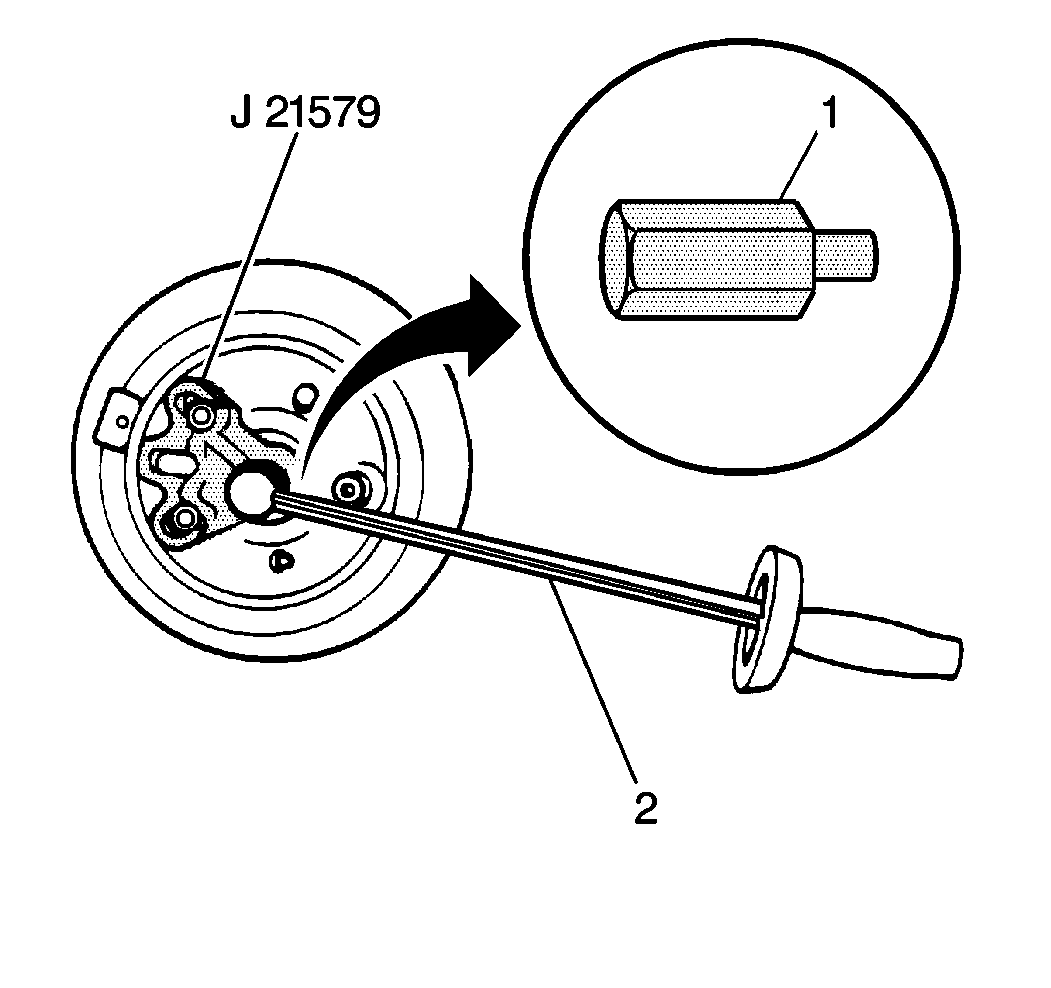Limited Slip Rear Axle
The following conditions usually indicate improper operation:
| • | Clutch slippage |
| • | Clutch grabbing |
Clutch slippage or grabbing may produce a chatter or a whirring sound.
A chatter or a whirring sound does not necessarily indicate inoperative components. Excessive wheel spin that occurs when the cones are not sufficiently lubricated may cause a similar sound. (Excessive wheel spin could occur during rapid acceleration, with one tire and wheel on a dry surface and the other tire and wheel on a slippery surface, such as ice.)
Both tires and wheels rotate at equal speeds while the vehicle is being driven straight ahead. An equal driving force is delivered to each tire and wheel during straight ahead driving.
The inside tire and wheel requires extra driving force when the vehicle is being driven around a corner. This extra driving force causes slippage in the clutch cone.
The operational life of the limited slip unit depends upon equal rotation of both the tires and the wheels during straight ahead operation.
If the rotation of the wheels and the tires is not equal during straight ahead operation, the limited slip unit will function as if the vehicle were cornering. This will impose constant slippage on the clutch and will cause abnormal wear on the clutch cones.
Checking Limited Slip Operation
Tools Required
| • | J 2619-01 Slide Hammer |
| • | J 21579 Axle Shaft Remover |
- If the vehicle is equipped with an automatic transmission, place the transmission range selector lever in PARK with the parking brake lever released.
- Raise both of the rear tires and wheels off the floor.
- Install the J 21579 , the 12.7 x 330.0 mm (1/2 x 13 in) adapter from the J 2619-01 (1), and a torque wrench (2).
- Measure the torque required in order to rotate one tire and wheel.
- Place the automatic transmission range selector level in NEUTRAL.
- Lower one rear tire and wheel to the ground.
- Measure the torque required in order to rotate the raised tire and wheel.
- Install the tire and the wheel.
- Replace the differential case if any of the above measurements do not fall within specifications.
If the vehicle is equipped with a manual transmission, place the vehicle in gear.
Refer to Lifting and Jacking the Vehicle in General Information.

The torque should measure between 169-305 N·m (125-225 lb ft).
The torque should measure between 58-91 N·m (43-67 lb ft).
Refer to Wheel Installation in Tires and Wheels.
